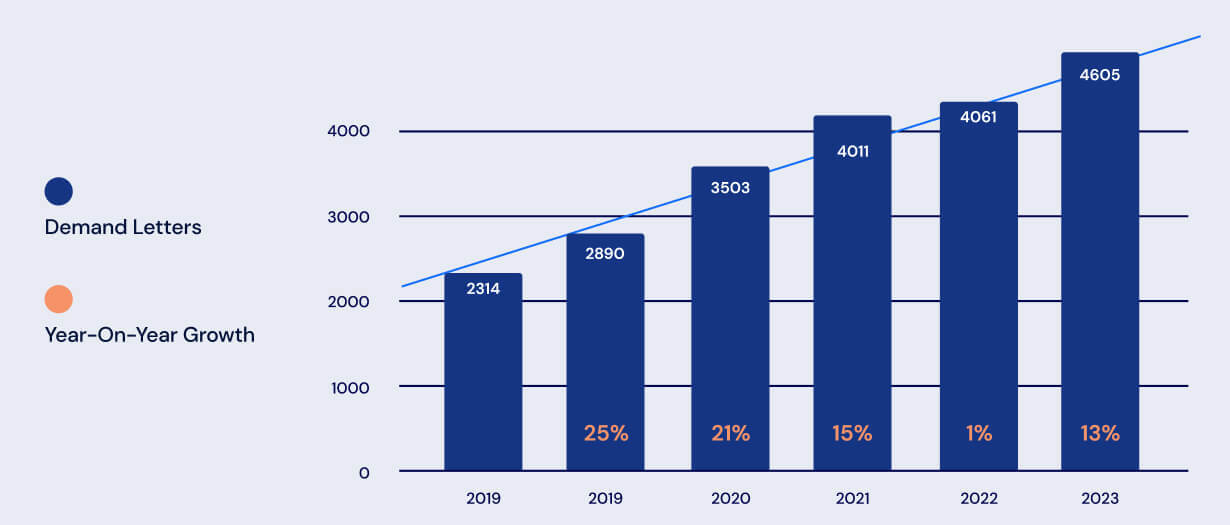Find out if your website is ADA & WCAG 2.1 compliant
IS YOUR BUSINESS INCLUSIVE?“Web accessibility refers to making websites usable for people with disabilities. It involves designing and developing websites in a way that people with disabilities, such as those with visual, auditory, motor, and cognitive impairments, can perceive, understand, navigate, and interact with the website and its content.
Web accessibility ensures that everyone has equal access to information and services on the web, regardless of their abilities. This includes individuals who use assistive technologies, such as screen readers, to access the web.”
Tax Credits
The U.S. government has chosen to promote and support businesses that comply with the Americans with Disabilities Act (ADA). By making a website accessible, your client’s business can be eligible for up to $5,000 in tax credits.
You can find more information here.
Improved Performance
“Accessible websites enjoy increased traffic, reduced bounce rates, improved SEO rankings, and better conversion rates. An accessible website means that you’re making it easier for people to find your website.
A new study by Semrush analyzed 847 web domains and found that:
– There was a 12% average increase in overall traffic for all domains
– 73.4% of domains saw growth in organic traffic
– 66.1% of all domains saw growth in organic traffic of up to 50%
With Google constantly calculating search engine result page (SERP) rankings by evaluating sites based partly on web page usability and user experience, it logically follows that websites with more accessibility features would be prioritized over sites without those accommodations.”
Brand Reputation
“Brand reputation and social responsibility are crucial for businesses, and web accessibility is an essential part of this. In order to be in line with legislation and maintain a brand reputation, you should do something about web accessibility. Once you implement an accessibility solution, you will have an accessibility statement, and that says a lot about your brand.”
“The ADA is the Americans with Disabilities Act, an American civil rights law passed in 1990. The law prohibits discrimination against individuals with disabilities in all areas of public life, including jobs, schools, transportation, and all public and private places open to the general public. Since 2018, the ADA also covers websites, as they’re considered public places of accommodation. That is why making your website accessible is crucial for meeting ADA legal requirements.
It’s important to note that the ADA does not specify the criteria for a compliant website, yet today’s industry standard is to adhere to the Web Content Accessibility Guidelines 2.1 (WCAG).
The WCAG is a technical guidebook explaining how websites should look and operate for people with disabilities. So, by following the WCAG guidelines, you are making your website ADA-compliant.”
“In recent years, there has been a surge in state court lawsuits regarding web accessibility. 2023 saw a record-breaking number of lawsuits and demand letters under the Americans with Disabilities Act (ADA), with 4,605 lawsuits filed. It is estimated that only 3% of demand letters go to trial, as the majority, approximately 97%, are settled beforehand. This indicates that over 100,000 business owners received demand letters in 2023 for failing to make their websites accessible. Moreover, organizations and businesses can be fined up to $150,000 for ADA violations, while the average ADA website lawsuit settlement typically ranges “from $20,000 to $50,000.”


